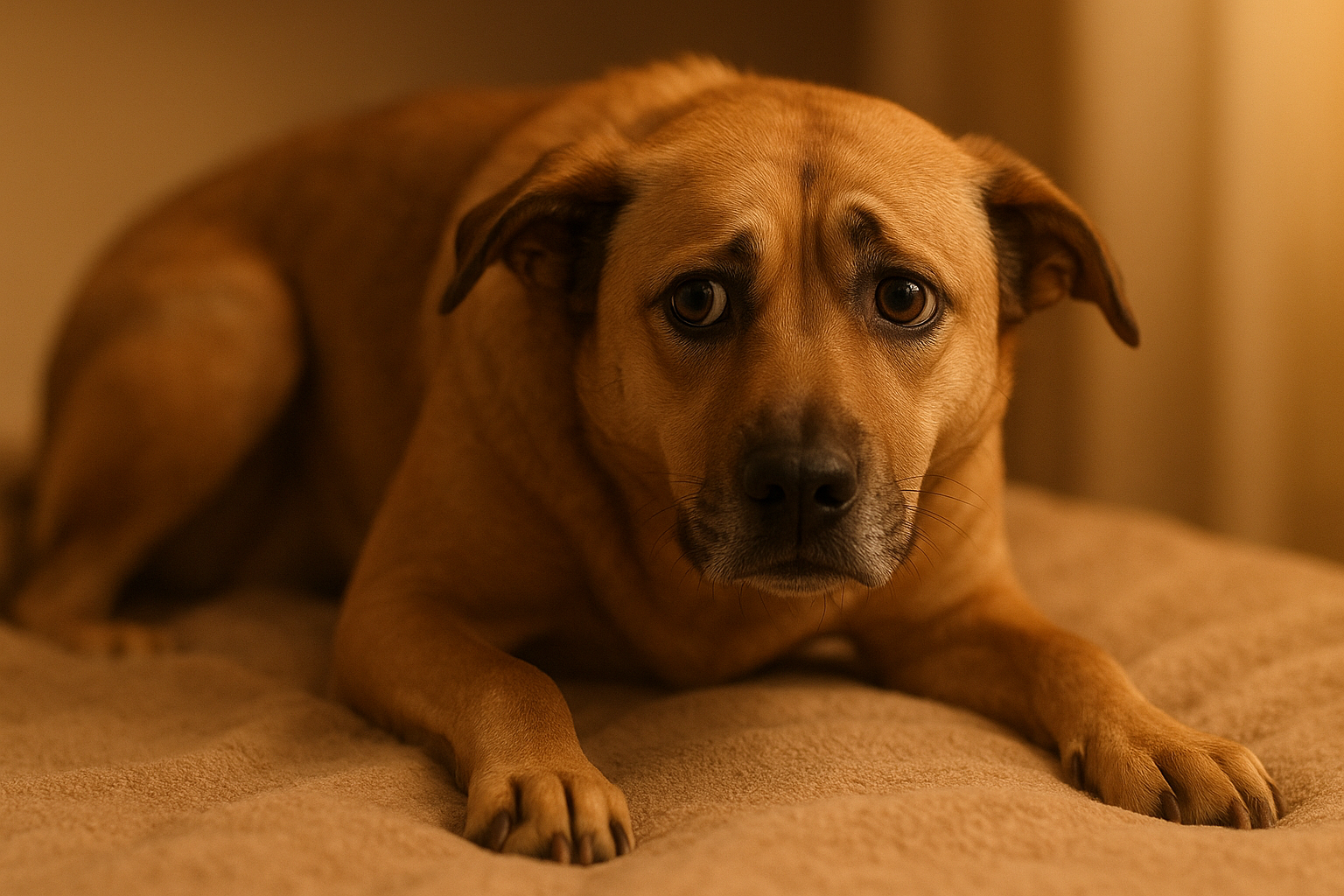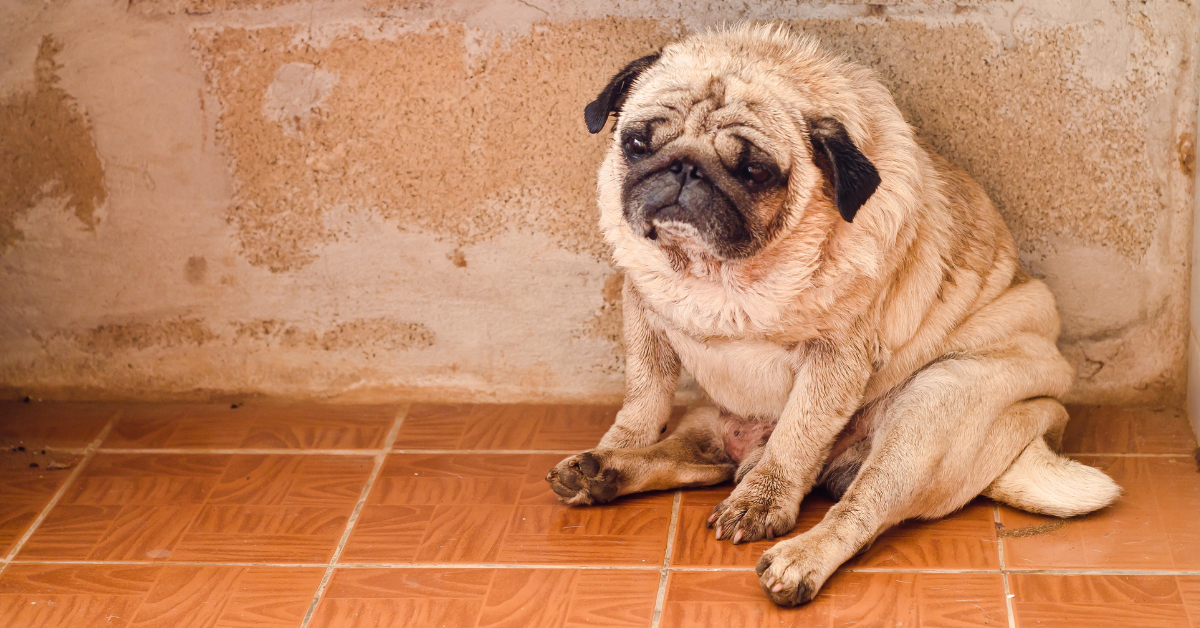Does your dog bark, whine, or destroy things whenever you leave the house? You’re not alone. Separation anxiety is one of the most common behavioural issues in dogs, and it can be distressing for both pets and their parents. The good news is that with patience, training, and the right support, most dogs can learn to feel more comfortable when left alone.
What Is Separation Anxiety?
Separation anxiety happens when a dog becomes extremely anxious or stressed when separated from their owner. Unlike simple boredom, this is an emotional response to being alone.
Common signs include:
-
Constant barking, howling, or whining when left alone
-
Chewing, scratching, or destroying furniture and doors
-
Pacing, drooling, or panting excessively
-
Accidents in the house (even if housetrained)
-
Trying to escape
Step 1: Start with Short Absences
If your dog panics every time you leave, begin by leaving for just a few minutes. Gradually increase the time you’re away as your dog learns that you always come back. Consistency is key.
Step 2: Create a Calm Goodbye Routine
Big emotional goodbyes (“Be good, mummy will miss you!”) can make anxiety worse. Instead, keep departures and arrivals low-key. Slip out quietly and reward calm behaviour when you return.
Step 3: Provide Comfort and Distraction
Make your absence easier with positive distractions:
-
Interactive toys or puzzle feeders to keep their mind busy
-
A comforting safe space (crate, playpen, or cozy corner)
-
An item with your scent (like a worn t-shirt)
Step 4: Exercise Before You Leave
A tired dog is a calmer dog. A long walk, run, or play session before you leave can help reduce excess energy and make them more relaxed when you’re gone.
Step 5: Train Independence Gradually
Teach your dog that being alone is safe. Encourage short moments of independence while you’re home (e.g., spending time in another room). Slowly build up their confidence.
Step 6: Support with Calming Aids
Alongside training, some dogs benefit from natural calming support.
-
Background noise (like soft music or white noise) can soothe nerves.
-
Calming sprays, diffusers, or chews may help reduce stress.
-
A science-backed supplement like AnxiShield Essential can be made a regular part of your dog’s routine to promote calm behaviour and support their emotional wellbeing.
Step 7: Know When to Seek Help
If your dog’s anxiety is severe or doesn’t improve with training, consult your veterinarian or a qualified behaviourist. In some cases, professional guidance (and even medication) may be necessary to break the cycle of stress.
Final Thoughts
Separation anxiety can be frustrating, but it’s not your dog’s fault - it’s a genuine emotional struggle. With consistent training, the right environment, and gentle support, most dogs can learn to feel safe when left alone.
Remember, patience pays off. Every small step forward is a win for your pup’s confidence. And by incorporating calming support like AnxiShield Essential, you’ll give your dog the extra help they need to relax, thrive, and feel secure even when you’re not around.






What to Feed My Dog for Diarrhoea: A Pet Parent’s Guide
What to Feed My Dog for Constipation: A Pet Parent’s Guide